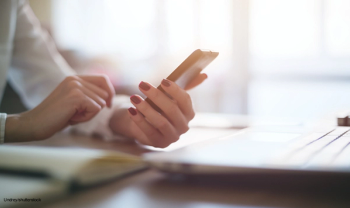
Miami Breast Cancer Conference® Abstracts Supplement
- 42nd Annual Miami Breast Cancer Conference® - Abstracts
- Volume 39
- Issue 4
- Pages: 58-59
90 Contralateral Risk Reduction Mastectomy in Patients With Unilateral Breast Cancer: A Multinational and Multidisciplinary Survey—Physicians’ Perspective
Background/Significance
Contralateral risk reduction mastectomy (RRM) is considered for patients with unilateral breast cancer to reduce the risk of cancer developing in the opposite breast. This study aimed to evaluate various specialists’ current practices, perspectives, and attitudes regarding RRM.
Materials and Methods
A multinational and multidisciplinary survey was conducted among Senologic International Society members, focusing on their specialties, geographical distribution, experience, institutional affiliations, and specific practices related to RRM.
Results
A total of 298 participants completed the survey. The majority of respondents were surgeons (79.2%, n = 236), followed by radiologists (7%, n = 21), radiation oncologists (7%, n = 21), and medical oncologists (6.4%, n = 19). Most participants practiced in Europe (46%, n = 137) and Asia (37.2%, n = 111), with contributions from other regions including Africa and North and South America. The majority of respondents had over 20 years of experience (44.3%, n = 132) and worked in academic hospitals (57.4%, n = 171). The most common indications among these were BRCA1/2 positivity (92.92%, n = 276), strong family history (41.07%, n = 112), and previous high-risk lesions (24.57%, n = 73). Less common factors included cosmetic concerns (18.85%, n = 56), patient anxiety (14.14%, n = 42), and young age (11.44%, n = 34). MRI was the most frequently preferred tool (82.15%, n = 244) for evaluating the contralateral breast before RRM, followed by mammography (80.47%, n = 239) and ultrasound (68.35%, n = 203). Genetic testing was used by 64.30% (n = 191) of respondents, while PET scans were less commonly used (6.39%, n = 19). The majority of the respondents believed RRM is highly or mostly effective in preventing breast cancer (79.2%, n = 206). About half of the respondents (49.82%, n = 146) decision to RRM on a case-by-case basis, while 32.42% (n = 95) of them indicated that the stage of the disease was not a pivotal factor in RRM decisions. The primary challenges for the decision of RRM were patient expectations (24.58%, n = 73), psychological/sexual issues (20.88%, n = 62), and insurance coverage and costs (17.17%, n = 51), but also surgery/reconstruction complications were one of the major components of their decision making (46.19%, n = 137). Less than half of the respondents (42.3%, n = 126) indicated their practice mostly aligns with established guidelines. The survey identified the need for further research in areas such as long-term outcomes and quality of life (51.01%, n = 151), survival benefit (33.44%, n = 99), and patient selection criteria (31.08%, n = 92).
Conclusion
The survey highlights diverse practices and perspectives on RRM across different specialties and countries. The findings emphasize the need for standardized guidelines and further research to improve patient outcomes such as survival and quality of life, and address challenges associated with managing RRM.
Articles in this issue
Newsletter
Stay up to date on recent advances in the multidisciplinary approach to cancer.





